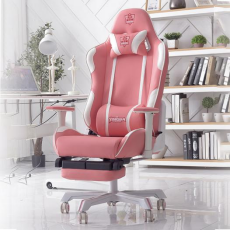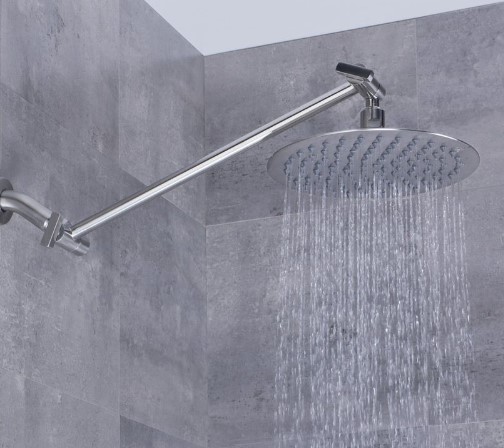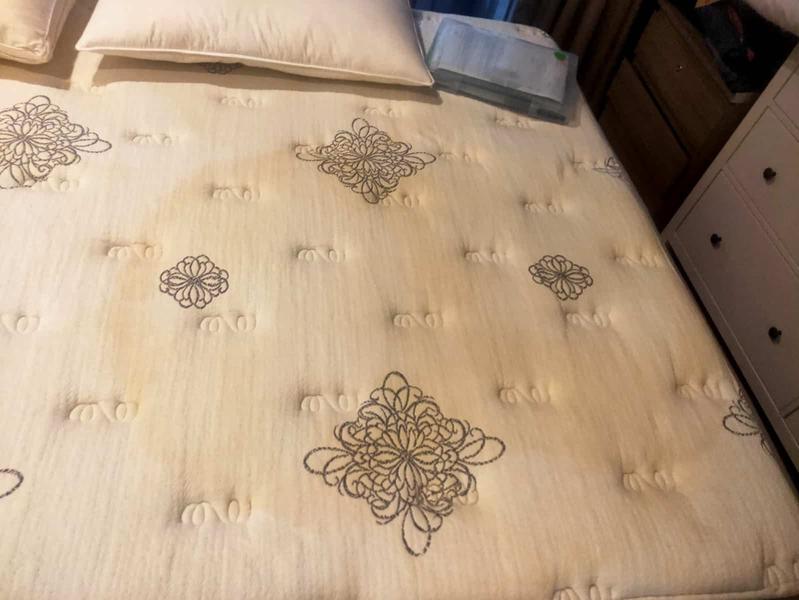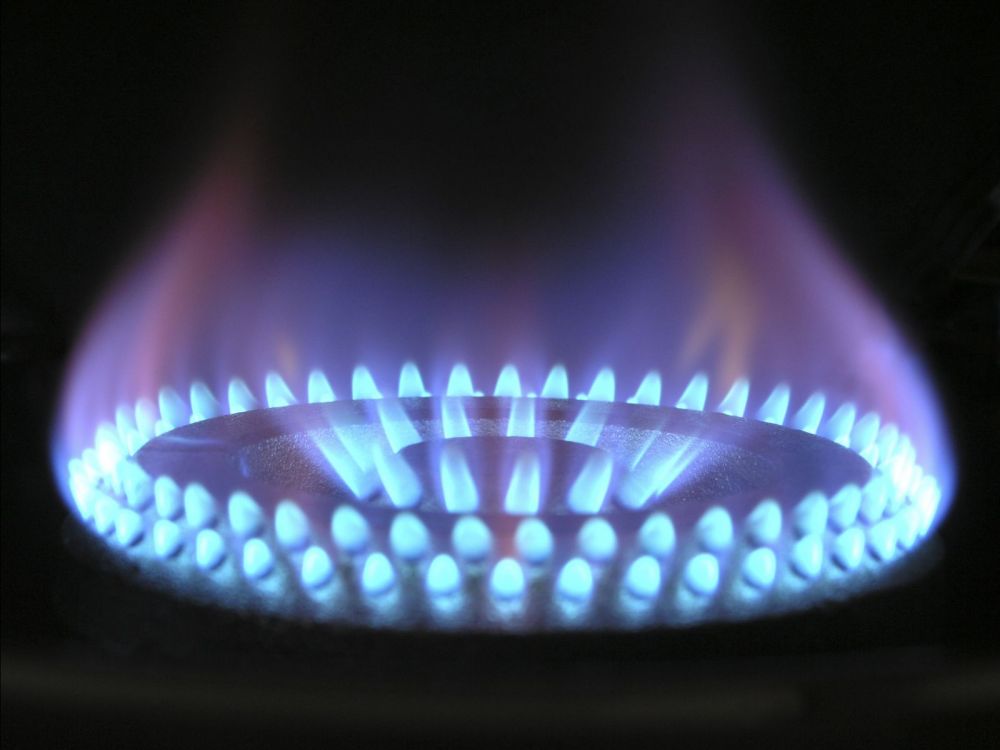A Thorough Comparison of Water Based Cleaners and Solvent Cleaners
With the growing popularity of both water-based cleaning chemistries and new solvent technologies, the debate between water-based and solvent cleaners rages on. Companies that have cleaning requirements for industrial, precision, and specification-driven applications must decide which material is best for their applications and their business.Having and understanding the facts is the first step. In this post, we’ll explore the differences in properties, performance, cost, safety and regulatory implications for these two cleaning materials to help you make an easy and informed decision for your application.
THE DIFFERENCE BETWEEN A WATER-BASED CLEANER AND A SOLVENT CLEANER
For our discussion, a solvent cleaner or solvent degreaser uses a liquid to dissolve a soil.It can utilize one solvent, a variety of solvents, or a combination of several solvents and compounds to maximize performance parameters for a specific application.Solvents can be broken down into their basic functional compounds, such as alcohols, ketones, aliphatic hydrocarbons, etc.Each chemical category has specific characteristics that lend to different solvency profiles.The addition of different compounds and mixtures provides the range of solvency seen in commercial products.These different solvents and cleaning solutions can be tuned to remove a specific soil while leaving other materials relatively untouched. Some familiar solvents include acetone and butyl acetate, which can be found in local hardware stores. Other familiar solvents include alcohols such as isopropanol and ethanol, and even gasoline due to its hydrocarbon composition.
Water is also a solvent and is a subsection of the solvent category.Water-based degreasers utilize water as the primary solvent, but can also include any of the solvents mentioned above, plus detergents, pH modifiers, builders, chelating agents, and a variety of other compounds.When these other compounds are used, water-based cleaners can either be very strong cleaners or mild cleaners.They can be dangerous or relatively nontoxic, but they usually require a rinse step.The variety and complexity of water-based cleaners is enormous. The two cleaners are used in a variety of applications which include, but are not limited to, degreasing, precision cleaning, ultrasonic cleaning, and medical device assembly cleaning.
SOLVENT CLEANERS
All solvents work by dissolving the soil; breaking it down into smaller particles and carrying it into the solution and away from the surface being cleaned. Many solvents offer the advantage of quick cleaning, so the soils dissolve and flow off of the substrate without needing extended prep time, processing time, or drying time.
Solvent-based cleaners remain popular in industrial applications due to their cleaning power; they remove thick, baked on oils, dirt, containments, solder flux, and greases. Some examples of strong cleaning solvents are acetone, methyl ethyl ketone, toluene, nPB, and trichloroethylene (TCE). Common mild solvents include isopropyl alcohol, glycerin, and propylene glycol.In this case, the terms “strong” and “mild” are arbitrary designations. Solvent strength depends not only on the nature of the soils being removed, but also on the amount of soil to be removed and the level of cleanliness that is required.
Solvent-based cleaners can be fast evaporating or slow evaporating, high in odor or low in odor, plastic safe or very aggressive.The wide array of solvents has allowed the creation of very specific cleaning chemistries for removing specific soils from substrates. For example, some cleaners are capable of removing a specific ink on a plastic substrate while leaving others completely untouched.
FLAMMABLE SOLVENTS VERSUS NONFLAMMABLE SOLVENTS
When choosing a solvent cleaner, one of the first questions is, “should I use a flammable or nonflammable solution?”If flammable solvents can be safely used and there are no ignition sources, there is good air turnover, and all safety protocols can be followed, flammable solvents tend to be significantly less expensive than nonflammable solvents.However, if any of the aforementioned safety concerns are an issue, there are many nonflammable solvents to choose from.
EVAPORATION RATE OF SOLVENTS
Solvent evaporation rates vary -- some are immediately volatile at room temperature, while others may only evaporate at elevated temperatures.Those which evaporate immediately may be better suited to minimizing process downtime, while those that evaporate much more slowly are better suited to elevated temperature soak applications.There is not a single solvent that works for all applications.Also, those that evaporate more slowly are less likely to be volatile organic compounds (VOCs) but may need an additional drying process.
SURFACE TENSION OF SOLVENTS
Surface tension is the measurement of a liquid’s ability to pull together into a cohesive droplet.The lower the surface tension of a material, the harder it is for that material to pull together into a droplet, thus allowing the material to spread out and wet a surface, and ultimately lay down a thin even coat.When the surface tension is high, the liquid tends to pull together to form droplets.In general, solvents tend to offer lower surface tension than water-based cleaners, providing the ability to permeate into tight clearance areas to remove soils, without being entrapped.
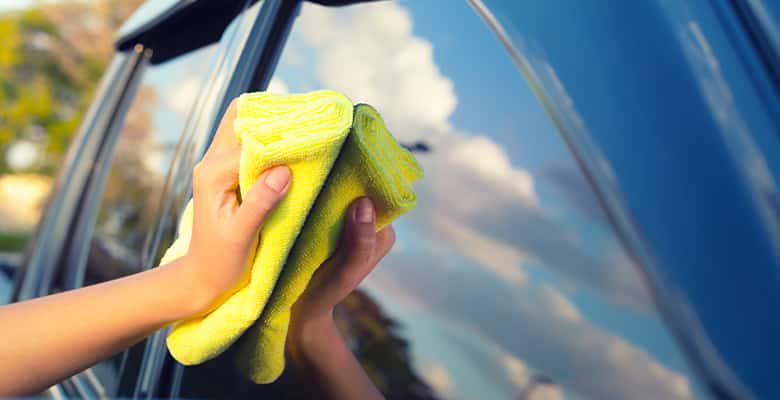
SAFETY CONCERNS OF SOLVENT CLEANERS
All solvents and cleaners should be handled while using personal protective equipment in well-ventilated areas to minimize exposure. Follow the recommendations offered by the manufacturer’s SDS.
A growing concern with many solvents is whether they contain Volatile Organic Compounds or VOCs. VOCs are materials that readily evaporate and turn into the gaseous state at normal room temperatures, and their ability to contribute to smog formation and the environmental and personal health impacts associated with them.This is one reason why low or no VOC solvents are becoming such an important issue as companies are using them to both meet air quality standards and improve worker safety.
There are a variety of tradeoffs that can accompany the use of solvents that do not contain VOCs.One downside is the possible increase in the drying time of the cleaners.This is the case for both water-based and solvent-based systems.One way to decrease the VOC impact of a cleaner is to add slow-evaporating solvents to the mixture that minimize the VOC contribution to the environment.This can be the addition of certain materials that act like oils, or in some cases adding water mixtures to the cleaner.In either case, additional processes including rinsing, drying heat tunnels, or reclamation procedures may be required to meet the required process parameters.
Another tradeoff can be the use of VOC exempt materials, such as acetone, siloxanes, and PCBTF.While these solvents are generally strong cleaners, they are flammable and the acetone and PCBTF have high odor levels.Acetone is a relatively inexpensive material, but the PCBTF and siloxanes solvents are much more costly.Other VOC exempt materials, such as HFC-43-10mee, do not have sufficient cleaning ability to remove most soils when used by itself and must be mixed with other stronger solvents to increase the cleaning ability.
WATER-BASED CLEANERS
Water-based cleaners remove soils not only by dissolving contaminants, but also by chemically reacting with the contaminants to make them more readily dissolvable in water.For example, some materials will react with or dissolve more readily into an acidic solution (pH of 7 or lower).Some common acidic materials can be found in lemons (citric acid), vinegar (acetic acid), soft drinks (carbonic and phosphoric acid) and car batteries (sulfuric acid).Other materials are more readily reacted with or dissolved into a solution with a pH above 7.These solutions are caustic, or alkaline. Some common caustic materials are ammonia, bleach (sodium hypochlorite), lye (sodium hydroxide), and oven cleaners (more sodium hydroxide).
Most aqueous cleaners contain a variety of other components to enhance the cleaning profile.These other materials can include[2]:
The combination of water, solvents, surfactants, and saponifiers can be as effective as solvent cleaning, but often requires a change in the cleaning process. In a high precision application where residues cannot be tolerated, a rinsing process is often required with water-based chemistries. Batch or in-line cleaning systems generally have rinse and dry cycles to overcome these issues.
DIFFERENCES WHEN USING WATER-BASED CLEANERS
Aqueous cleaners can achieve very similar cleaning levels as solvent-based cleaning chemistries, but there are certain differences:
These regulatory pressures force manufacturers to evaluate new cleaners and cleaning processes to overcome policy-related hurdles. As a result, water-based cleaners are becoming more common in the industry.
WHICH CLEANING CHEMISTRY IS BEST FOR YOU?
Both cleaning technologies have the potential to be very effective in terms of performance – however, the cleaning ability depends on what is being cleaned off of the surface, the substrate being cleaned, and both the process constraints and requirements. All three parameters must work in tandem for the best cleaning results.
To choose between an aqueous cleaner vs. a solvent, one must evaluate your unique application, requirements, and goals. Then, you must consider safety, performance, and cost of the solution. A good cleaning agent that is made specifically for removing handling soils may not remove machine greases, a cleaner that works well on stainless steel may not be compatible with glass lenses, and a cleaner that removes machining oil may not be clean enough for a liquid oxygen line.
The bottom line is that it’s impossible to make an overall credible judgment of the superiority of either solvent or water-based cleaners without evaluating the unique situation of the user. Luckily, even with the ever-mounting regulations, there's an array of choices that include both solvents and water-based cleaners.
There you have it - our comparison of solvent and aqueous cleaners. Be sure to post your questions and comments below. And if you still need assistance choosing between a solvent cleaner and water base, speak with one of our product specialists. They’ll help you get the right product for your application.
[1] From ACGIH website, https://www.acgih.org/about-us/history, accessed 07-20-2018.
[2] Adapted from pages 14-16, “The Aqueous Cleaning Handbook”, McLaughlin and Zisman, ISBN 0-9645356-7-X, published 2000.
[3] https://www.researchgate.net/post/Is_there_a_difference_between_chelant_and_sequestrant_agents, Accessed 07-31-2018.
[4] https://www.epa.gov/compliance/national-emission-standards-hazardous-air-pollutants-compliance-monitoring.Accessed 08-01-2018.
[5] https://www.epa.gov/sites/production/files/2015-09/documents/priority-pollutant-list-epa.pdf. Accessed 08-01-2018.
Copyright © 2023 furnitureknowledges.com. All rights reserved.


